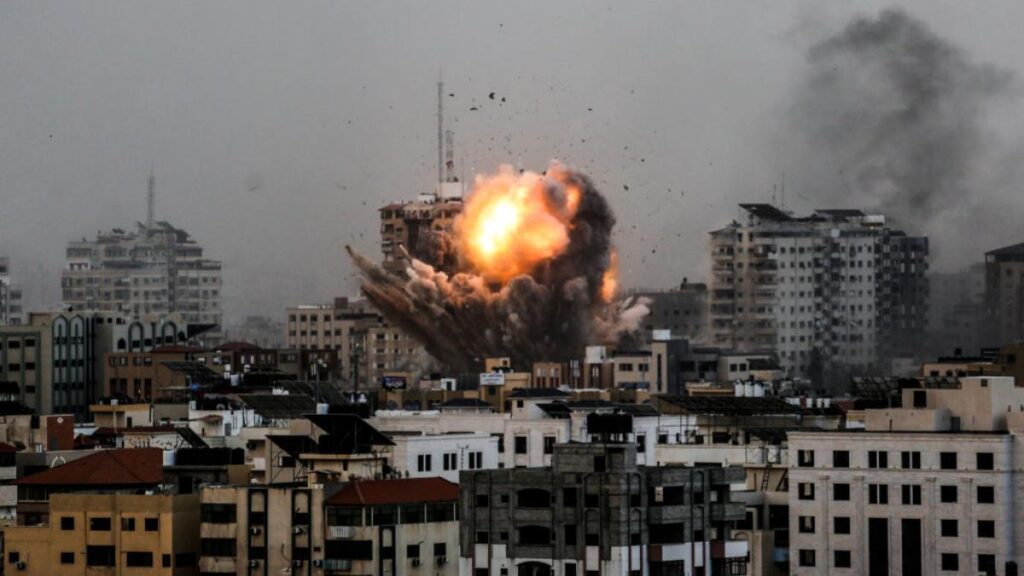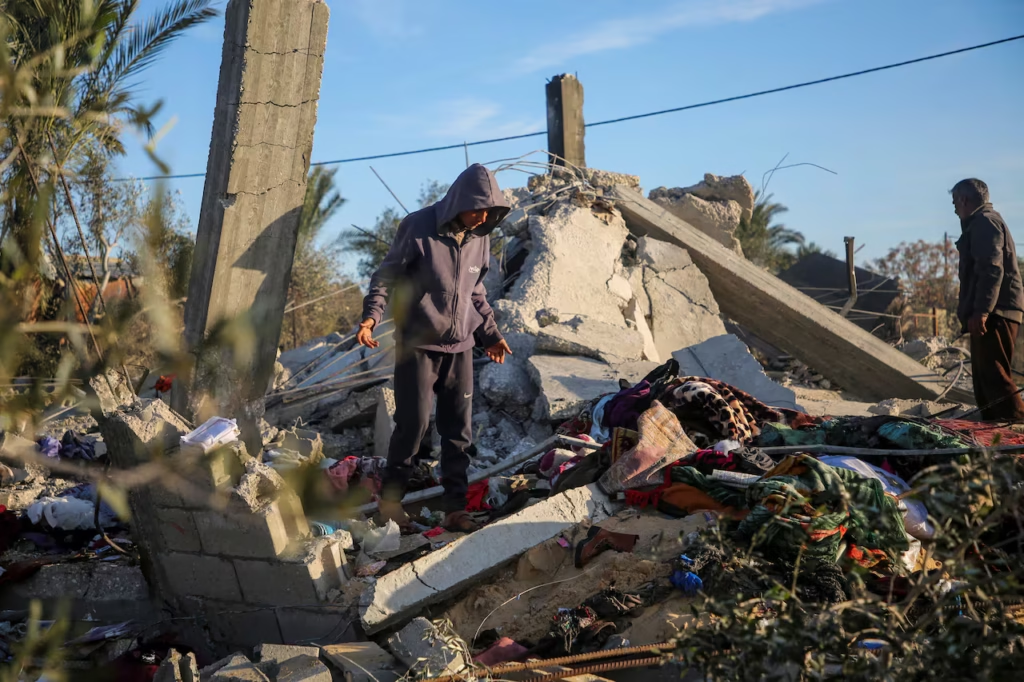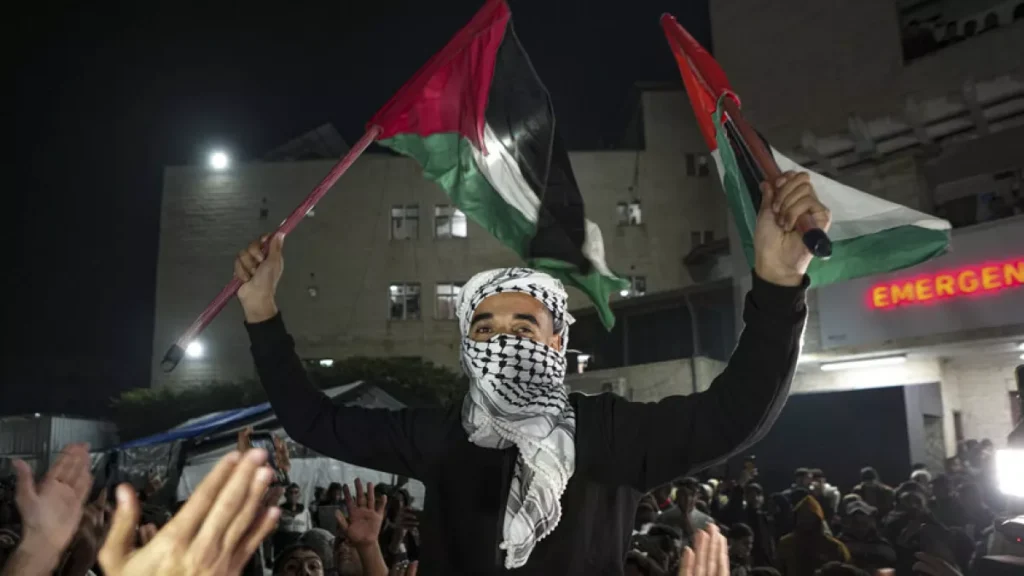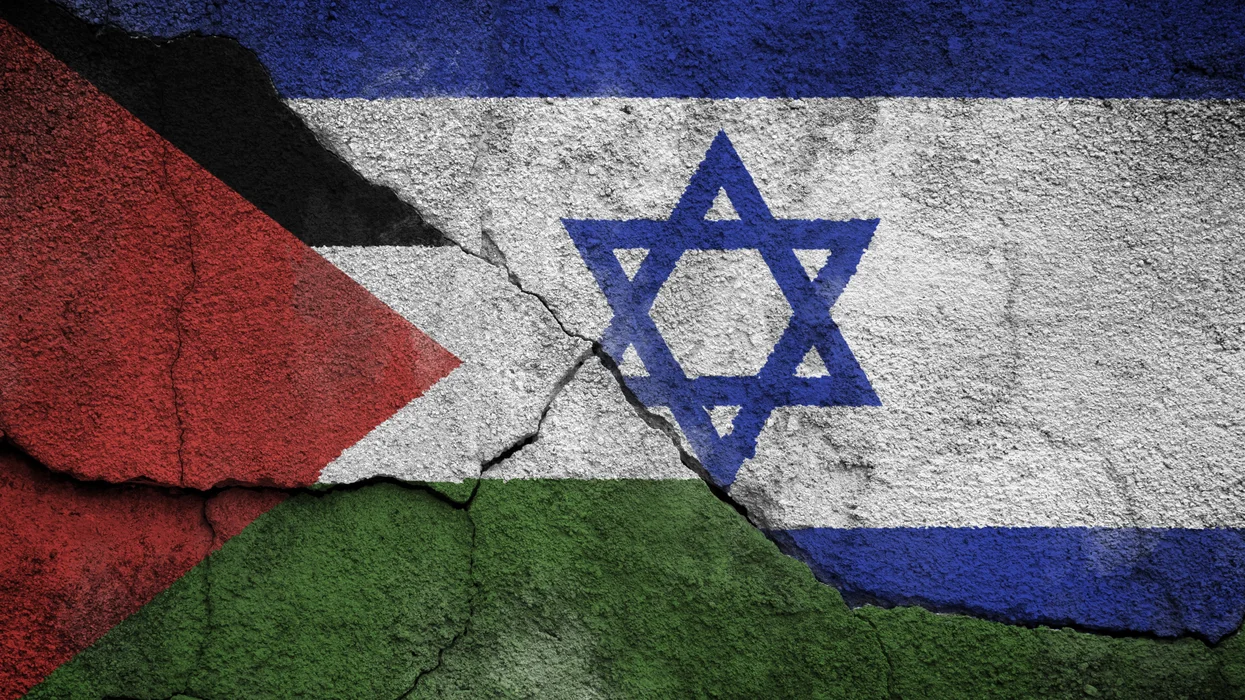The conflict between Israel and Hamas, which erupted 15 months ago, has been a protracted and devastating war, marked by waves of violence, civilian casualties, and international interventions. This article explains how the war started, its major events, and what lies ahead for both parties.
How the Conflict Began: A Tense Build-Up
The roots of the 15-month conflict can be traced to longstanding tensions between Israel and Palestinian groups, particularly Hamas. However, a few critical events pushed both sides into open hostilities.

1. The Al-Aqsa Mosque Clashes (April-May 2024)
The immediate spark for the conflict came in April 2024 when clashes broke out at the Al-Aqsa Mosque in Jerusalem. This holy site is significant to both Jews and Muslims, making it a point of contention. During Ramadan, Israeli police conducted raids on Palestinian worshippers, causing anger and protests. This escalated when Hamas, based in the Gaza Strip, launched rockets into Israel in response. Israel retaliated with airstrikes, marking the beginning of the 2024 escalation.
2. Hamas’ Mass Infiltration and Attack (October 2024)
The war took a dramatic turn on October 7, 2024, when Hamas militants launched a coordinated attack on Israel. They breached the Gaza-Israel border fence, infiltrating Israeli towns and killing hundreds of civilians. This attack, which involved armed Hamas fighters, suicide bombers, and rocket fire, was one of the most intense assaults on Israel in recent years. Israel responded with massive airstrikes targeting Hamas infrastructure in Gaza.
The Escalation: A Brutal 15-Month War
After the initial wave of violence, both sides became locked in an increasingly brutal conflict. Over the next 15 months, Israel and Hamas engaged in multiple rounds of fighting, with each side claiming military victories, but neither able to secure a decisive end to the war.

1. Casualties and Destruction
The war has caused significant loss of life, with thousands of Palestinian civilians killed, many of them in Gaza due to Israel’s airstrikes targeting Hamas militants and infrastructure. On the Israeli side, Hamas rockets have killed over a thousand civilians, and the psychological toll of constant threats of rocket attacks has added to the strain.
2. The Humanitarian Crisis
The war created a dire humanitarian crisis in Gaza, with the destruction of key infrastructure, homes, and medical facilities. The region’s already limited access to basic resources like electricity and clean water worsened, leading to widespread suffering. Humanitarian organizations repeatedly called for ceasefire agreements to provide aid to civilians caught in the crossfire.
3. International Pressure and Mediation Efforts
The international community has been deeply involved in trying to mediate peace, with various attempts at brokering ceasefires through the United Nations and other international actors. In June 2025, a temporary ceasefire was reached, though it quickly broke down as violence resumed. Throughout the conflict, global powers, including the U.S., the EU, and Arab states, pushed for a lasting solution.
The Recent Ceasefire: A Turning Point
In recent weeks, both Israel and Hamas seemed to recognize the dire consequences of continuing the war. With both sides suffering immense casualties, and international pressure mounting, negotiators finally brokered a ceasefire agreement in July 2025.

The ceasefire marks a significant step, but it is fragile. The agreement includes a halt to hostilities, with both parties agreeing to refrain from rocket attacks and airstrikes for an indefinite period. In exchange, Israel has agreed to ease some of the blockades on Gaza, allowing humanitarian aid to flow into the region.
What Happens Now? The Road Ahead
While the ceasefire provides a glimmer of hope for peace, the situation remains complex. Several factors will influence what happens next between Israel and Hamas.
1. Maintaining the Ceasefire
The most immediate challenge will be ensuring that the ceasefire holds. Both sides have violated previous truces, and skepticism remains high. There is a risk that any small incident could reignite the conflict.
2. Humanitarian Aid and Reconstruction
Gaza faces the daunting task of rebuilding after more than a year of destruction. International organizations are working to provide essential aid, but much of the region’s infrastructure has been severely damaged. The UN has called for an urgent reconstruction effort, but the blockade on Gaza continues to hamper these efforts.
3. Political Dynamics and Leadership
The political leadership in both Israel and Gaza faces internal challenges. In Israel, Prime Minister Benjamin Netanyahu’s government is under intense scrutiny for its handling of the war, with many calling for accountability. In Gaza, Hamas must contend with growing dissatisfaction among civilians over the cost of the war and the ongoing blockade.
4. Long-Term Peace Prospects
Despite the immediate ceasefire, a lasting peace remains uncertain. The core issues of the Israeli-Palestinian conflict, including the status of Jerusalem, the future of Palestinian refugees, and the sovereignty of the Gaza Strip, remain unresolved. A long-term peace agreement would require significant concessions from both sides, and it is unclear if either party is ready to make the necessary compromises.
5. The Role of the International Community
The international community will play a crucial role in fostering peace between Israel and Hamas. Global powers must support diplomatic efforts while providing humanitarian assistance. The involvement of regional powers, such as Egypt and Qatar, as mediators, will also be key to preventing future flare-ups and supporting a lasting resolution.
Conclusion
The 15-month conflict between Israel and Hamas has left a deep scar in the region. While the recent ceasefire brings hope for a temporary reprieve, the long-term prospects for peace remain uncertain. The international community’s role will be crucial in guiding both sides toward a sustainable resolution, but given the complexity of the issues at hand, achieving lasting peace will take time, effort, and the willingness of both sides to engage in meaningful negotiations. For now, the world watches closely, hoping that this ceasefire can serve as the first step toward a more peaceful future.




